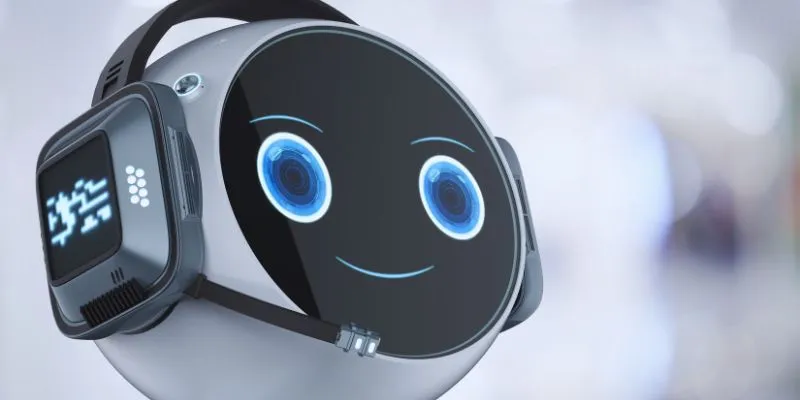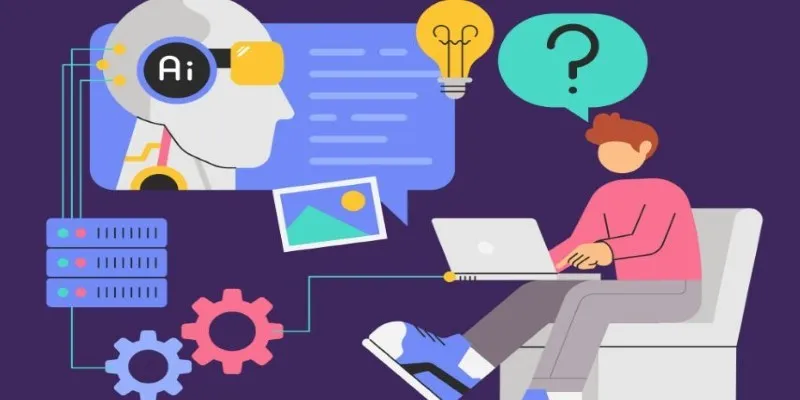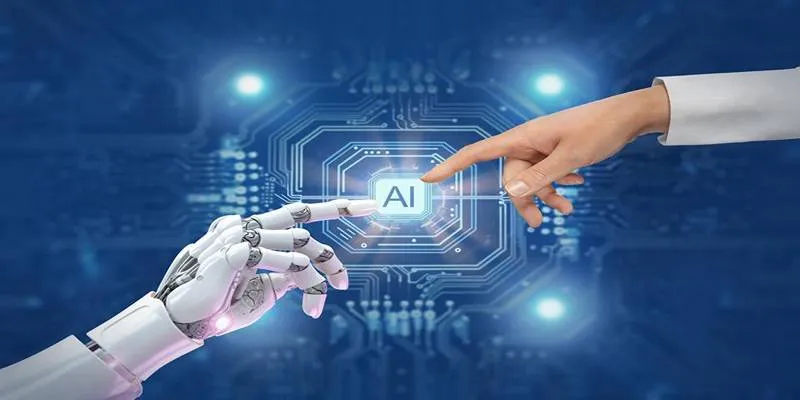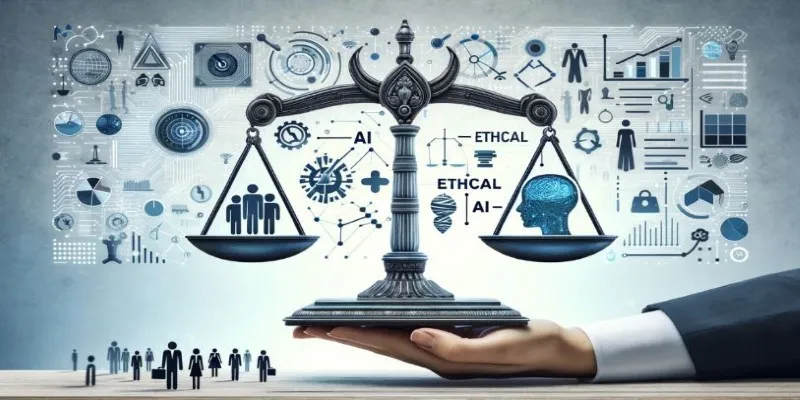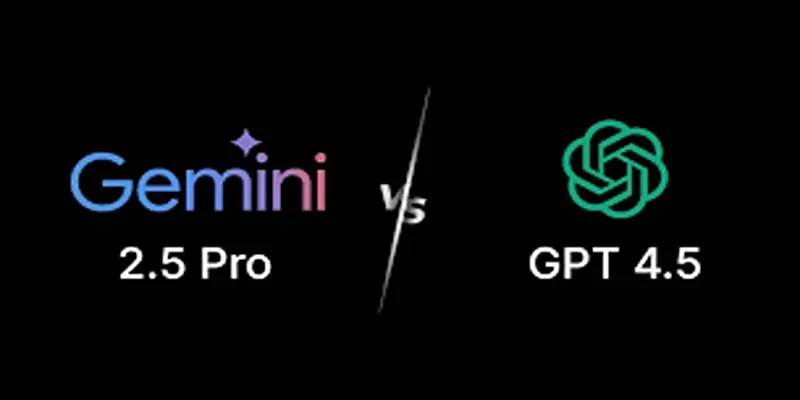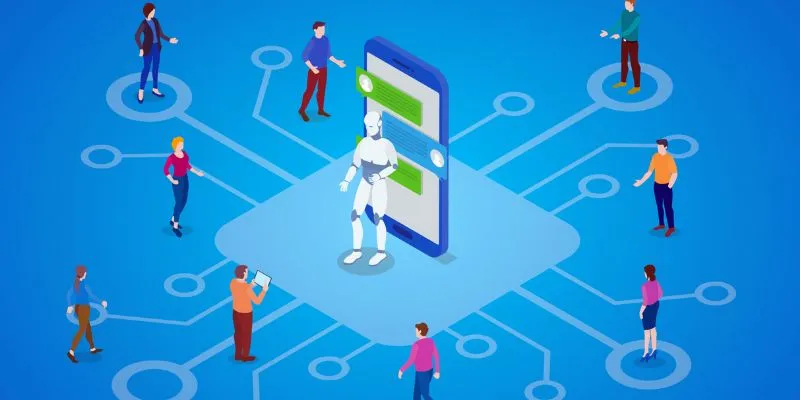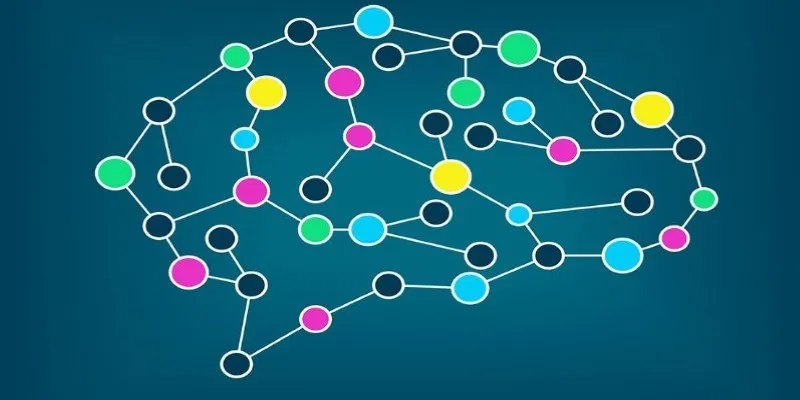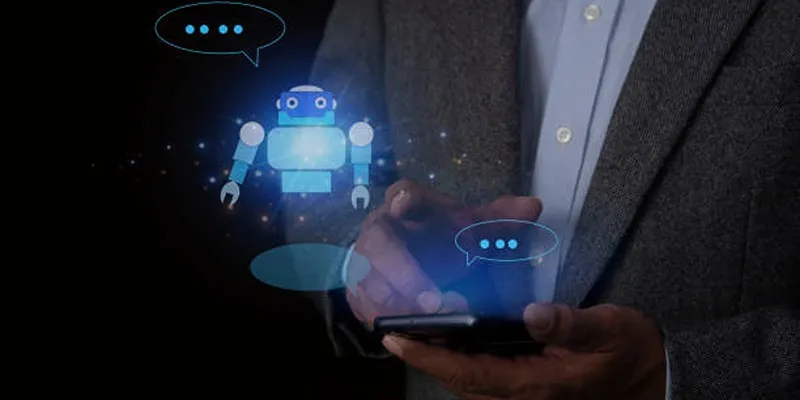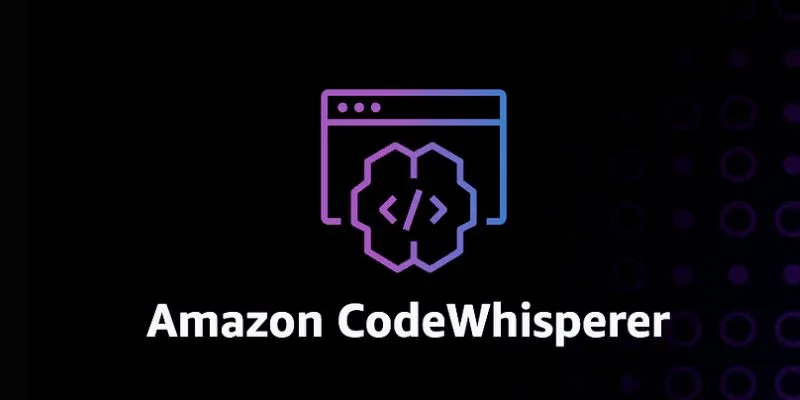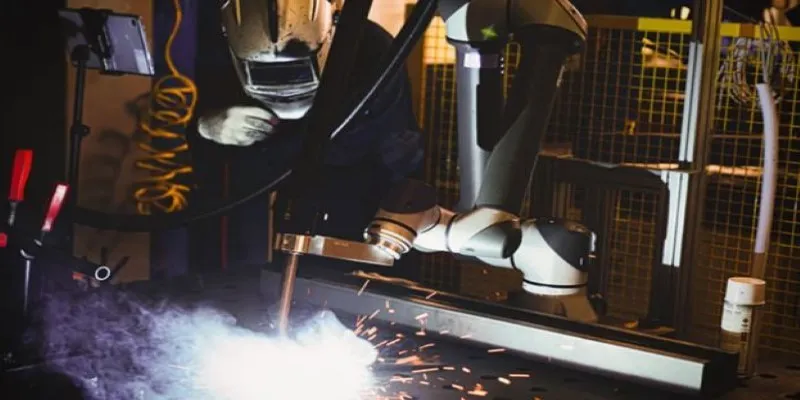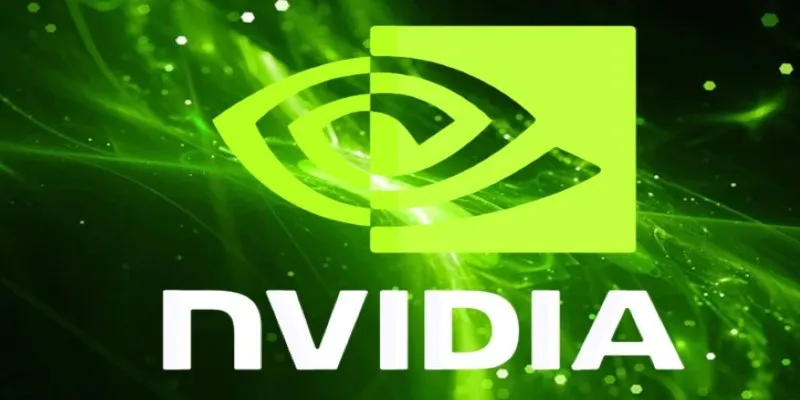Artificial intelligence (AI) is rapidly transforming how machines think, act, and interact with their surroundings. AI applications, including voice assistants, smart home devices, and self-driving cars, function seamlessly due to AI agents. These intelligent systems are designed to perceive, think, and act autonomously, continually evolving to become more sophisticated.
As we enter 2025, understanding the different types of AI agents becomes crucial. This guide delves into their categories, capabilities, and their impact on the future of automation, decision-making, and human-computer interaction.
What Is an AI Agent?
An AI agent is a software-based system capable of perceiving its environment, processing data, and performing actions independently to achieve specific goals. Unlike traditional programs with static instructions, AI agents adapt their behavior based on real-time input. Whether it’s a navigation app finding the fastest route or an AI chatbot answering queries, agents play a critical role in modern technology.
These systems mimic human decision-making by evaluating conditions and selecting the best course of action. They are designed to automate tasks, solve problems, and function across various settings, from predictable to highly complex environments.
1. Simple Reflex Agents
Simple reflex agents represent the most basic form of AI agents. Simple reflex agents operate by responding directly to perceptual input through predefined condition-action rules. They do not possess memory or learning capabilities, relying instead on straightforward responses to specific stimuli.
How They Work
Simple reflex agents utilize sensors to detect conditions and immediately trigger a corresponding response. For example, a motion sensor that activates a light operates on a simple rule: “If movement is detected, turn on the light.”
Key Characteristics
- No memory or learning capability
- Uses predefined rules only
- Extremely fast and efficient
- Best suited for static and predictable environments
Example
A home thermostat detects room temperature. If it falls below 68°F, the heating system activates. No context is required—the action is purely based on current input.
2. Model-Based Reflex Agents
Model-based reflex agents advance beyond simple reflex agents by maintaining an internal model of the world, enabling them to make decisions using both current and past information.
How They Work
These agents track the state of the environment and update their internal model based on new data, allowing them to make informed decisions even when current input is ambiguous or incomplete.
Key Characteristics
- Maintains internal representation of the environment
- Uses both historical and current data
- More flexible than simple reflex agents
- Still rule-based but enhanced with memory
Example
A robotic vacuum learns your living room’s layout as it cleans. If it encounters a new obstacle, it refers to its memory to navigate around it without repeatedly bumping into the same object.
3. Goal-Based Agents
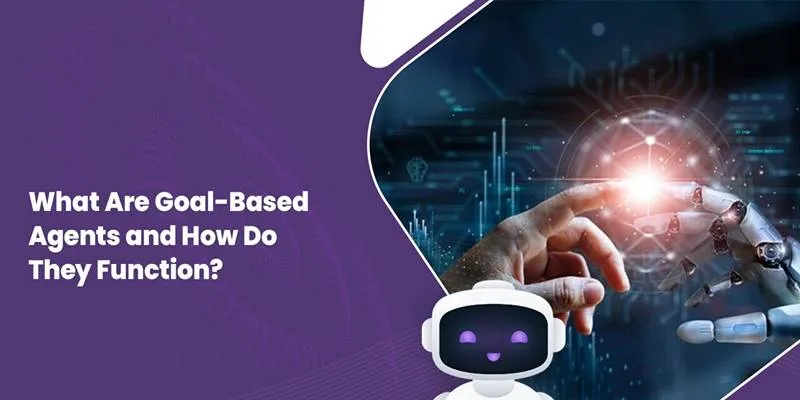
Goal-based agents are designed with specific objectives in mind. They evaluate possible actions by considering how well those actions help achieve their defined goal.
How They Work
These agents assess their environment, define a goal, and then determine the best path to reach that goal. If obstacles arise, they re-evaluate and adjust their plan accordingly.
Key Characteristics
- Operates using clear objectives
- Involves planning and search algorithms
- Can handle complex, changing environments
- Flexible and proactive in achieving tasks
Example
A delivery drone’s goal is to drop a package at a specific location. It considers factors like weather, airspace, and route efficiency to plan and modify its journey until the task is completed.
4. Utility-Based Agents
Utility-based agents focus on making optimal decisions by evaluating different actions through a utility function. This function assigns numerical values to various outcomes, and the agent selects the action with the highest utility.
How They Work
Rather than simply reaching a goal, utility-based agents ask: “Which outcome is most valuable?” They calculate the probabilities and consequences of each option, choosing the one with the greatest overall benefit.
Key Characteristics
- Uses utility functions to evaluate choices
- Balances trade-offs and uncertainty
- Handles multi-objective decision-making
- Suitable for complex or dynamic situations
Example
An autonomous vehicle evaluates whether to change lanes, slow down, or speed up based on passenger safety, fuel efficiency, and traffic flow. The decision with the highest utility is chosen.
5. Learning Agents
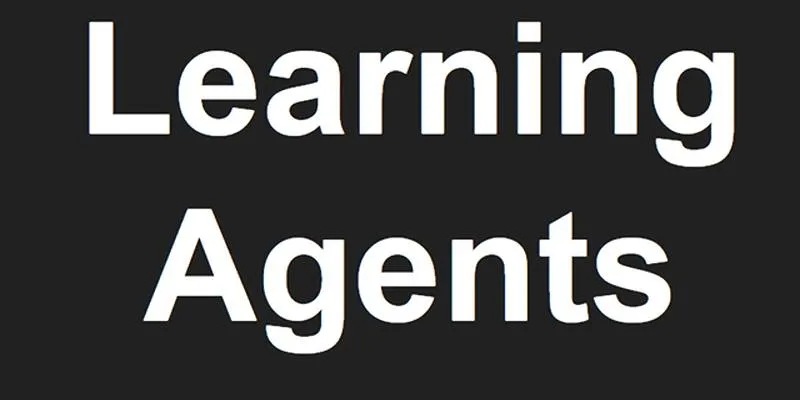
Learning agents represent the next level of intelligence. They improve over time by interacting with their environment and analyzing feedback. These agents don’t just follow rules—they adapt, evolve, and optimize their performance through experience.
How They Work
Learning agents begin with a basic knowledge base. As they perform actions and receive feedback (positive or negative), they update their strategies using algorithms such as reinforcement learning, supervised learning, or neural networks.
Key Characteristics
- Capable of pattern recognition and adaptive behavior
- Uses feedback to optimize performance
- Supports both model-based and model-free learning
- Ideal for unpredictable or dynamic environments
Example
A game-playing AI like AlphaGo starts by learning basic moves. With each match, it analyzes outcomes, adjusts its strategies, and becomes stronger—eventually outperforming even human champions.
Why Understanding AI Agent Types Matters in 2025
In 2025, AI agents will be embedded in nearly every domain—from personalized healthcare to self-driving logistics.
- Reflex agents are great for automation in stable environments.
- Model-based agents bring flexibility in semi-dynamic contexts.
- Goal-based agents add purpose-driven decision-making.
- Utility-based agents prioritize rational outcomes.
- Learning agents ensure continual growth and adaptation.
As AI becomes more integrated into our daily lives, these agents will not only assist but anticipate needs, improve productivity, and drive innovation.
Conclusion
As we step into 2025, the diversity and capabilities of AI agents continue to expand. From basic reflexes to intelligent learning systems, these agents form the backbone of modern AI applications. Understanding their types, functions, and limitations offers a clearer picture of how machines will continue to evolve—and how we can build smarter, more responsive, and more helpful technologies in the years to come. AI agents aren’t just tools—they are the decision-makers of the digital future.
 zfn9
zfn9






